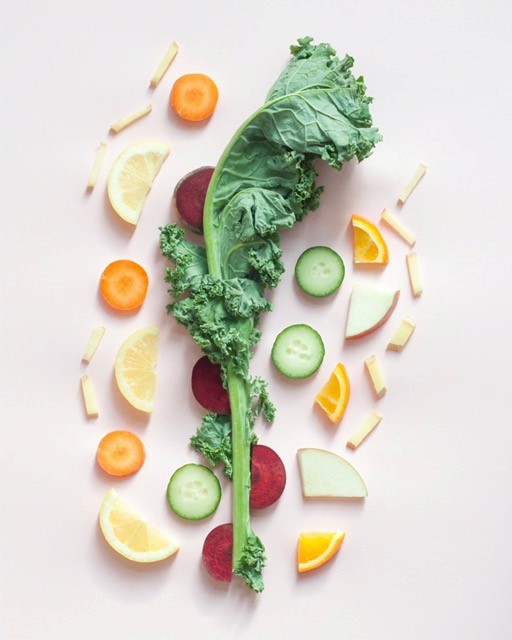The gut microbiome (living organisms within throughout the digestive tract) has been researched for several years now but has been the hot topic in research even more of late since the more and more clinical trials conducted about all these beneficial and harmful bacteria and their impact on our overall health.
It is a huge topic, but I want to start by shedding a little bit of light on the difference between prebiotics and probiotics. You have probably heard a lot about probiotics, but I find many don’t understand what a prebiotic is and why they are important?
PREBIOTIC FIBRE is a non digestible part of food which goes through the small intestine undigested and is fermented when it reaches the colon. The fermentation process feeds healthy bacteria and colonises (including the probiotic bacteria) and helps support the number and diversity of the good guys in our digestive system. The studies continue into the role of prebiotics and their role in disease and metabolic disturbances.
Sources of prebiotics include: bananas, onions, garlic, artichoke, apples, chicory root, beans, leeks, radishes, tomatoes, asparagus, flaxseeds, chia seeds, carrots, cucumbers, capsicum, sweet potato, cabbage, berries, oats, grains to name a few…
PROBIOTICS are live beneficial bacteria that are naturally created by the process of fermentation in foods. We naturally have billions of good and bad bacteria throughout the digestive tract, however due to various lifestyle factors such as antibiotic use, alcohol, smoking, stress, diabetes, weight gain, poor dietary choices and more…there becomes a disturbance in this balance. Probiotics can be used to increase the population of healthy bacteria throughout the gut to support a healthy digestive tract and prevention against disease. Probiotics need to be kept ‘alive’ as they can be destroyed by heat and have to compete with other already present bacteria in the gut.
Sources of probiotics include: yoghurt, kefir, sauerkraut, tempeh, kimchi, miso, kombucha and pickles.





